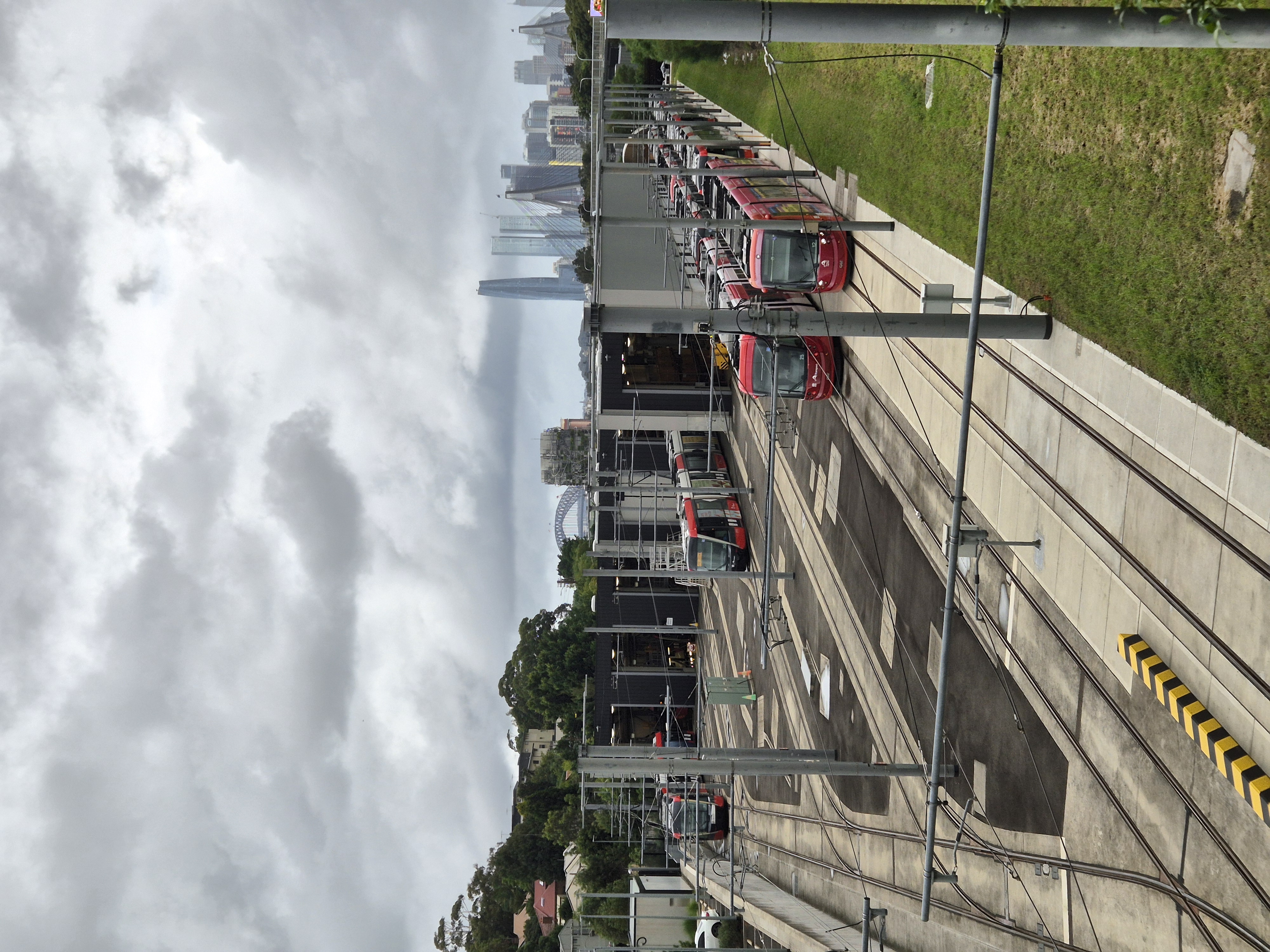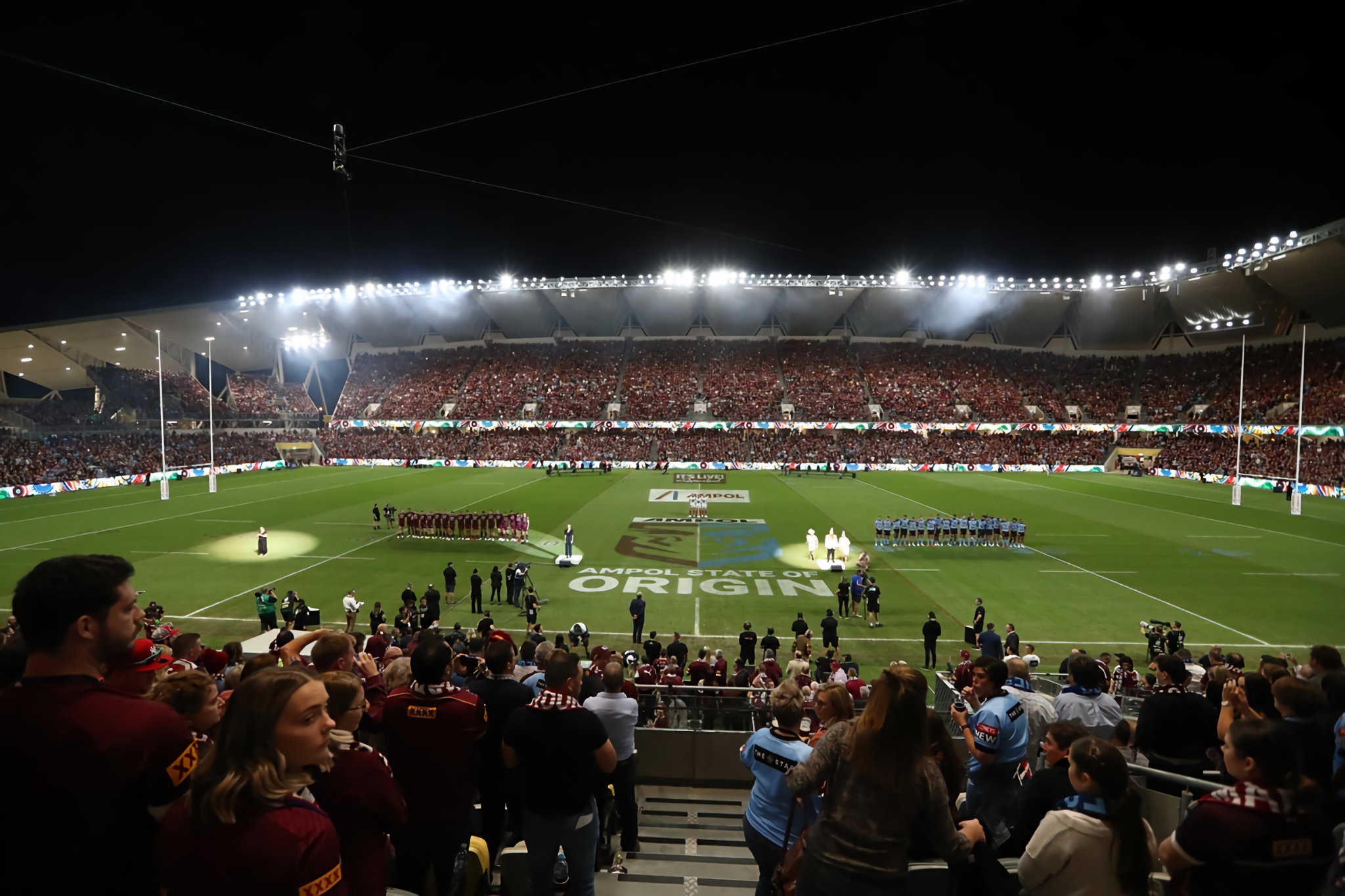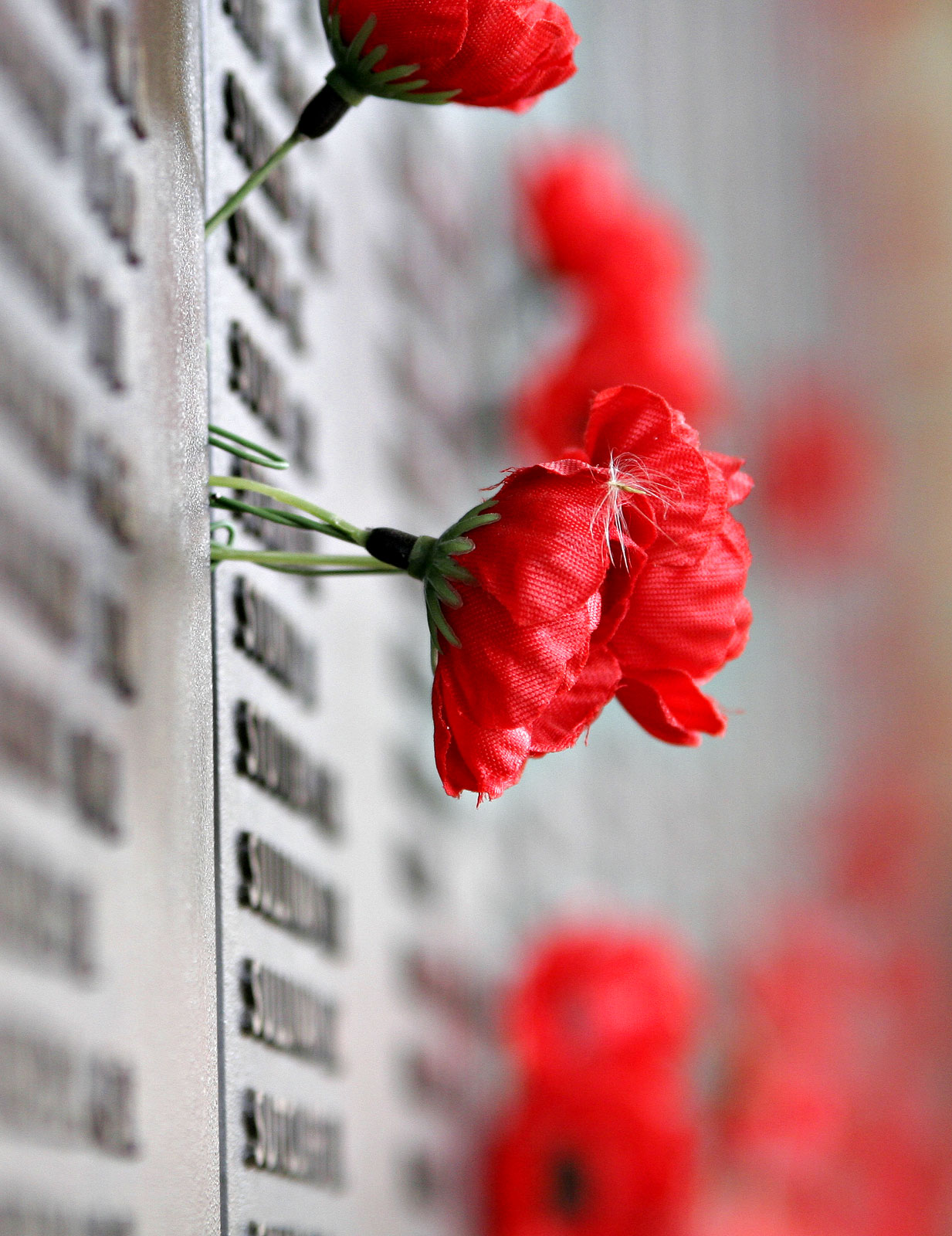|
Leichhardt Oval
Leichhardt Oval is a rugby league and soccer stadium in Lilyfield, New South Wales, Australia. It is currently one of three home grounds for the Wests Tigers National Rugby League (NRL) team, along with Campbelltown Stadium and Western Sydney Stadium. Prior to its merger with the Western Suburbs Magpies, it was the longtime home of the Balmain Tigers, who used the ground from 1934–1994 and 1997–1999. As of July 2012, Leichhardt Oval is the most played-on Australian professional rugby league ground in active use in the National Rugby League, having hosted 794 games since Balmain played its first game at the ground against Western Suburbs in Round 1 of the 1934 NSWRFL season, held on ANZAC Day, Wests winning the game 18-5. Balmain's first win at the ground came in the very next game of the 1934 season with a 27-13 win over University. History Leichhardt Oval was first used as a rugby league football ground in 1934 and became the home ground of the Balmain Tigers. The ... [...More Info...] [...Related Items...] OR: [Wikipedia] [Google] [Baidu] [Amazon] |
Leichhardt, New South Wales
Leichhardt () is a suburb in the Inner West of Sydney, in the state of New South Wales, Australia. Leichhardt is located 5 kilometres west of the Sydney central business district (CBD) and is the administrative centre for the local government area (LGA) of the Inner West Council. The suburb is bordered by Haberfield to the west, Annandale to the east, Lilyfield to the north and Petersham, Lewisham and Stanmore to the south. History Aboriginal anthropology Leichhardt was once an area broadly inhabited by the Wangal band of the Dharug (Eora) language group. The 'Eora people' was the name given to coastal Aboriginal people around Sydney – Eora means ''from this place'' – local Aboriginal people used this word to describe to Europeans where they came from, and in time the term became used to define Aboriginal people themselves. Wangal country was known as 'wanne' and it originally extended from the suburbs of Balmain and Birchgrove in the east to Silverwater and Auburn ... [...More Info...] [...Related Items...] OR: [Wikipedia] [Google] [Baidu] [Amazon] |
Lilyfield, New South Wales
Lilyfield is a suburb in the Inner West of Sydney, in the state of New South Wales, Australia. Lilyfield is located 6 kilometres west of the Sydney central business district, in the local government area of the Inner West Council. Lilyfield is nestled in between the suburbs of Annandale, Rozelle and Leichhardt and is bounded to the west by Iron Cove. Originally a working-class area, today Lilyfield like many inner-city suburbs is becoming increasingly gentrified. Property investors, eager to capitalise on the suburb's proximity to the Sydney CBD, have purchased many of the original workers' cottages to renovate or develop. History Popular belief has it that the area was once farmland and was named for the lilies that reportedly grew in the fields. However, its name origin remains unclear. Lilyfield was originally part of the suburb of Leichhardt. The most dominant landmark in the area is the former Callan Park hospital. This was built on land acquired from the Callan Est ... [...More Info...] [...Related Items...] OR: [Wikipedia] [Google] [Baidu] [Amazon] |
John Ribot
John Ribot () (born John Ribot de Bresac on 3 March 1955), also known by the nickname of "Reebs", is an Australian sports administrator, former rugby league footballer of the 1970s and 1980s. Once a Queensland State of Origin and Australian international representative, Ribot was the 1980 NSWRFL season's equal top try-scorer. Also a member of the 1982 " Invincibles" Kangaroo touring squad, he played club football in Brisbane for Fortitude Valley, Wests and Redcliffe, and in Sydney for Newtown, Wests and Manly-Warringah. Following his playing career, Ribot became the foundation CEO of the Brisbane Broncos and later Super League (Australia). When the Australian Rugby League merged with Super League to form the NRL at the end of 1997, he moved south to set up the Melbourne Storm. Well known for his expansionist attitude towards professional football administration in Australia, in 2004 he switched codes, working as a soccer administrator until 2008. He has since taken up a p ... [...More Info...] [...Related Items...] OR: [Wikipedia] [Google] [Baidu] [Amazon] |
Steve Rogers (rugby League)
Steven Frederick Rogers (20 November 1954 – 3 January 2006) was an Australian professional rugby league footballer who played in the 1970s and 1980s. He played for the Cronulla-Sutherland Sharks and St. George Dragons teams in the New South Wales Rugby League premiership competition and for Widnes Vikings, Widnes in the English Rugby Football League Championship, Championship, usually in the position of . Rogers represented New South Wales and Australia captaining the Australian national rugby league team, national team once in 1981. After his retirement, Rogers was named as one of the five "immortals" of the Cronulla club. He became involved in the administration of rugby league, and held the position of Cronulla's CEO at the time of his death. Rogers died after swallowing a combination of prescription drugs and alcohol on 3 January 2006. In April 2006, the NSW state coroner ruled that the death was accidental. Biography Steve Rogers was born on the Gold Coast, Queensland, ... [...More Info...] [...Related Items...] OR: [Wikipedia] [Google] [Baidu] [Amazon] |
State Of Origin Series
The State of Origin series is an annual best-of-three rugby league series between two States and territories of Australia, Australian state representative sides, the New South Wales rugby league team, New South Wales Blues and the Queensland rugby league team, Queensland Maroons. Referred to as "Australian sport's greatest rivalry", the State of Origin series is one of Australia's premier sporting events, attracting huge television audiences and usually selling out the stadiums in which the games are played. It is regularly described as the pinnacle of rugby league, inclusive of comparisons with international competitions. Players are selected to represent the Australian state in which they played their first senior rugby league game (either high school or local senior club). Before 1980 players were only selected for interstate matches based on where they were playing their club football at the time. Queensland was not generally competitive under these selection rules, with a ... [...More Info...] [...Related Items...] OR: [Wikipedia] [Google] [Baidu] [Amazon] |
Sydney Cricket Ground
The Sydney Cricket Ground (SCG) is a sports stadium in the Moore Park, New South Wales, Moore Park suburb of Sydney, New South Wales, Australia. It is used for Test cricket, Test, One Day International and Twenty20 cricket, as well as, Australian rules football and occasionally for rugby league, rugby union and association football. It is the home ground for the New South Wales cricket team, New South Wales Blues cricket team, the Sydney Sixers of the Big Bash League and the Sydney Swans of the Australian Football League. It is owned and operated by Venues NSW, an agency of the Government of New South Wales who also hold responsibility for Stadium Australia and the Sydney Football Stadium (2022), Sydney Football Stadium. History Beginning In 1811, the Governor of New South Wales, Lachlan Macquarie, established the second Sydney Common, about one-and-a-half miles (about 2,400m) wide and extending south from South Head Road (now Oxford Street, Sydney, Oxford St) to where Randwic ... [...More Info...] [...Related Items...] OR: [Wikipedia] [Google] [Baidu] [Amazon] |
Queensland Rugby League Team
The Queensland rugby league team represents the Australian state of Queensland in rugby league football. Nicknamed the "Maroons" after the colour of their jersey, they play three times a year against arch-rivals New South Wales rugby league team, New South Wales in the State of Origin series. The team is currently coached by Billy Slater and is captained by Cameron Munster, and is administered by the Queensland Rugby League. They play all of their home matches at Brisbane's Lang Park (known due to naming rights as Suncorp Stadium). Since 1908, a rugby league team representing Queensland has been assembled from players based in the state to compete annually against New South Wales. The team used to play matches against other high-profile foreign and domestic touring teams, but has not played anyone other than New South Wales in several decades. From 1980 onwards, when Queensland was first allowed to select players of local origin even if they were currently at clubs outside its b ... [...More Info...] [...Related Items...] OR: [Wikipedia] [Google] [Baidu] [Amazon] |
New South Wales Rugby League Team
The New South Wales rugby league team has represented the Australian state of New South Wales in rugby league football since the sport's beginnings there in 1907. Also known as the Blues due to their sky blue jerseys, the team competes in the annual State of Origin series against Queensland. The team is currently coached by Laurie Daley and captained by Isaah Yeo, and is administered by the New South Wales Rugby League. Prior to 1980 when the "state of origin" selection criteria was introduced, the New South Wales team, in addition to playing annually against Queensland, played matches against foreign touring sides and occasionally toured overseas themselves. Their home stadium is Accor Stadium in Sydney, the largest stadium in the state, having been constructed for the 2000 Summer Olympics. History Pre-Origin era (1907–1980) The New South Wales rugby league team pre-dates the Australian national team, playing their inaugural match against a rebel New Zealand rugby tea ... [...More Info...] [...Related Items...] OR: [Wikipedia] [Google] [Baidu] [Amazon] |
Sydney Uni Rugby League Club
The Sydney University Rugby League Football Club is a rugby league team currently playing in the Saturday Metro League competition. The University of Sydney was represented in the New South Wales Rugby Football League premiership from 1920 to 1937 as University, and also in the NSWRL Second Division and Metropolitan League competitions from 1963 to 1976. History The movement at the University of Sydney to be involved in the new game of rugby league began in 1919 with a number of players (including seven University Blues from the 1918 season) viewing a game of the new code and deciding to switch codes. As put by Herbert Vere Evatt (a final year law student and later a politician, jurist and president of the UN General Assembly) at the time the reasons were: ::"Owing to the general dissatisfaction with the management of the Rugby Union during the 1919 football season, and the fact that University footballers were starting to realise that rugby league was a faster and cleaner ga ... [...More Info...] [...Related Items...] OR: [Wikipedia] [Google] [Baidu] [Amazon] |
ANZAC Day
Anzac Day is a national day of remembrance in Australia, New Zealand and Tonga that broadly commemorates all Australians and New Zealanders "who served and died in all wars, conflicts, and peacekeeping operations" and "the contribution and suffering of all those who have served". Observed on 25 April each year, Anzac Day was originally devised to honour the members of the Australian and New Zealand Army Corps (ANZAC) who served in the Gallipoli campaign, their first engagement in the First World War (1914–1918). History Anzac Day marks the anniversary of the first campaign that led to major casualties for Australian and New Zealand forces during the First World War. The acronym ANZAC stands for Australian and New Zealand Army Corps, whose soldiers were known as Anzacs. Anzac Day remains one of the most important national occasions of both Australia and New Zealand; however, the ceremonies and their meanings have changed significantly since 1915. According to Martin Crotty ... [...More Info...] [...Related Items...] OR: [Wikipedia] [Google] [Baidu] [Amazon] |
1934 NSWRFL Season
The 1934 New South Wales Rugby Football League premiership was the twenty-seventh season of Sydney’s top-grade rugby league club competition, Australia’s first. Eight teams from across the city contested the premiership during the season which lasted from April until September and culminated in Western Suburbs’ victory over Eastern Suburbs in the premiership final. at ''rl1908.com'' Season summary At the height of , the New South Wales Rugby Football League again banned radio broadcasts of matches, blaming them for a severe drop in crowd numbers. ...[...More Info...] [...Related Items...] OR: [Wikipedia] [Google] [Baidu] [Amazon] |
Rugby League Playing Field
The rugby league playing field, also referred to as a pitch or paddock, is the playing surface for the sport of rugby league football and is surfaced exclusively with grass. The dimensions and markings of a full-sized playing area are defined in Section 1 of the '' Laws of the Game''. RLIF, 2004: 2 These Laws are the agreed upon and maintained by the Rugby League International Federation. The playing field is defined as "the area bounded by, but not including, the touch lines and dead ball lines" by Section 2. RLIF, 2004: 6 If the ball or any player in possession of it makes contact with the touch lines or dead ball lines or the ground beyond them it is deemed to be out of play. The rugby league field also has markings to denote where restarts, such as scrums, should be placed. Dimensions A rugby league pitch (or field) is wide and long. The try lines (or goal lines) stand apart. On each one is a goal post that is wide and at least high, with a crossbar set above the g ... [...More Info...] [...Related Items...] OR: [Wikipedia] [Google] [Baidu] [Amazon] |



